Royal Enfield Motorcycles Balance Beauty With Function
The company’s head of industrial design explains each bike’s pared-down aesthetic

The Royal Enfield brand is 120 years old, but its US presence is relatively recent. The Chennai, India-based company—which began a massive, nearly decade-long boom in 2010—wasn’t on this country’s radar for a simple reason: historically, we tended to buy bigger motorcycles. (What’s considered a “big” bike here is above 1,000cc; in India, 350cc.) Regardless, Royal Enfield became a competitive worldwide player in low-to-midsize motorcycles, and while that was happening, so was something else: many North American riders were aging out of the two-wheeled space.
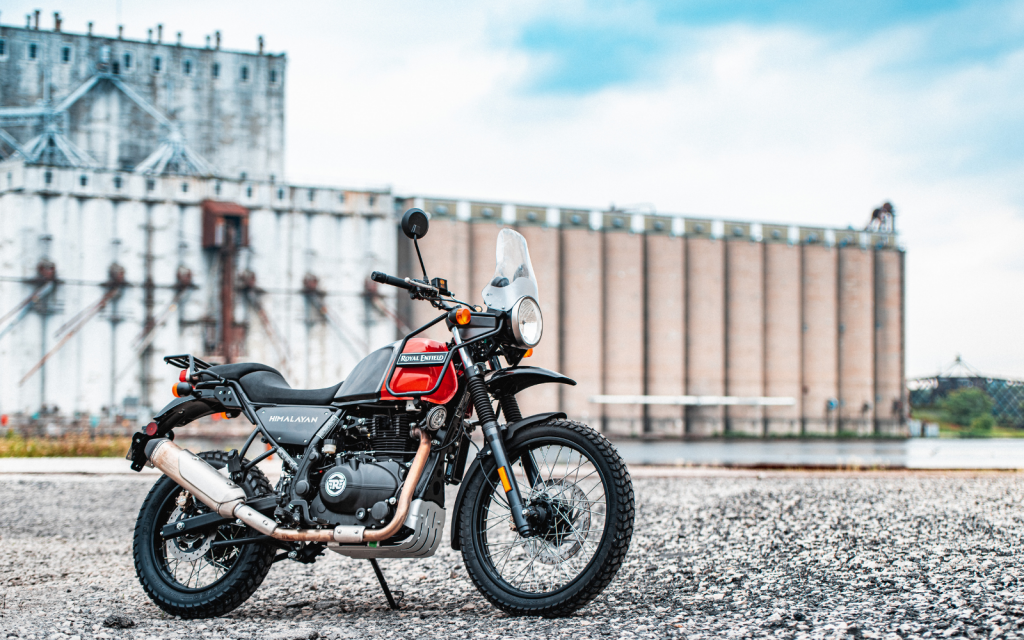
Younger riders currently gravitate to more “naked” bikes—less Harley Davidson bulk; more lithe, with visible moving parts. Royal Enfield’s signature is the machine itself, an iconography that’s less gloss and more substance. Likewise, the company’s long history results in an immense library to draw from, whereas other brands might look like they’re faking it with a neo-retro machine.
Royal Enfield’s newest bikes have melded a machine look with ergonomics, and just enough old-school panache to render them authentic. Attempting that kind of design could drastically miss, but according to Ian Wride, Head of Industrial Design at Royal Enfield, the key is asking what “a design needs, and not trying to be too clever with it.”
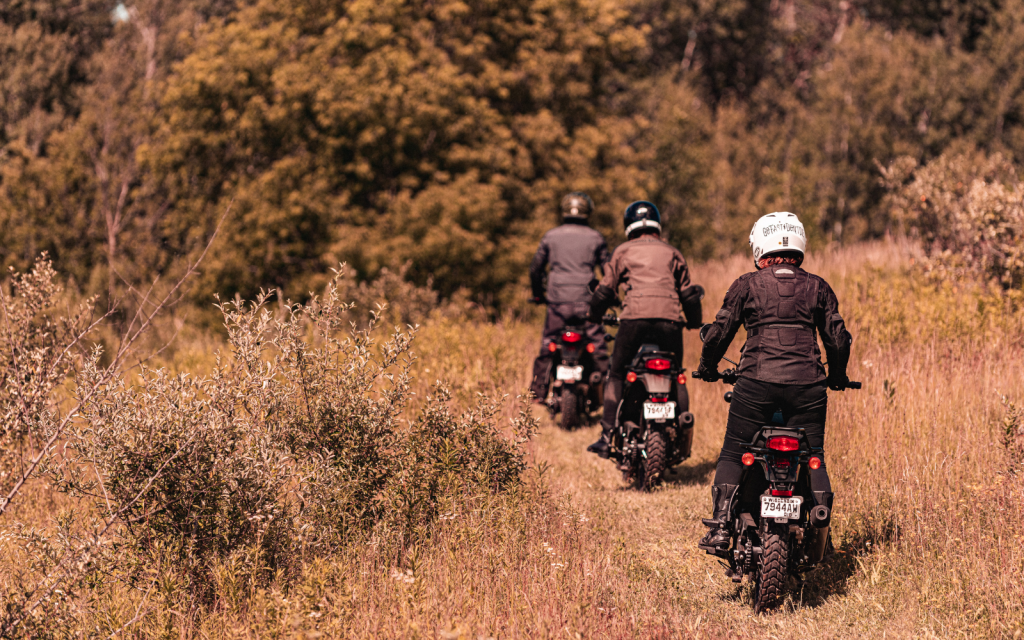
In our conversation, Wride continues to stress that message, and also that the company’s roots in India give it a decided advantage in what is quickly becoming one of the more dominant, desirable categories among younger riders who want lighter, more agile, more practical motorbikes that are cut out for back-road adventures.
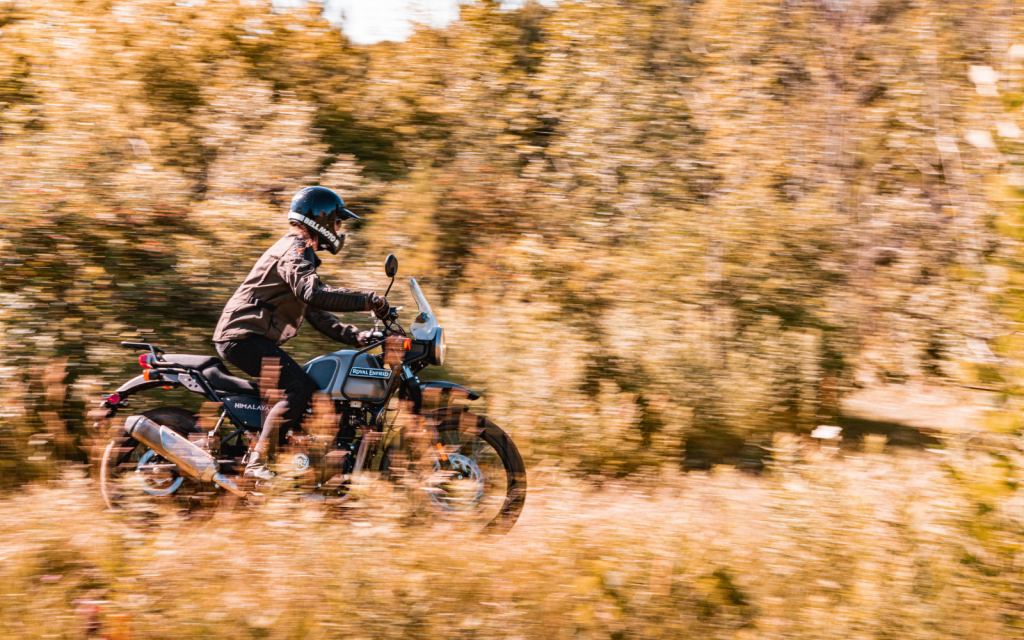
Focusing on Royal Enfiled’s success in the States with the Himalayan, Wride explains how that bike’s strengths are all about the terrain you might tackle in the mountains of India. “That bike is actually tall if you’re a ‘typical’ Indian person and, at first, it could be intimidating over there [in the US],” Wride explains. With that in mind, the design team wanted a very upright cockpit that signaled that the rider would sit in a more comfortable, athletic position—exactly what’s needed for more rugged roads. “We’ll draw up an ergonomic triangle and really think about how it fits your body between your legs,” he says.
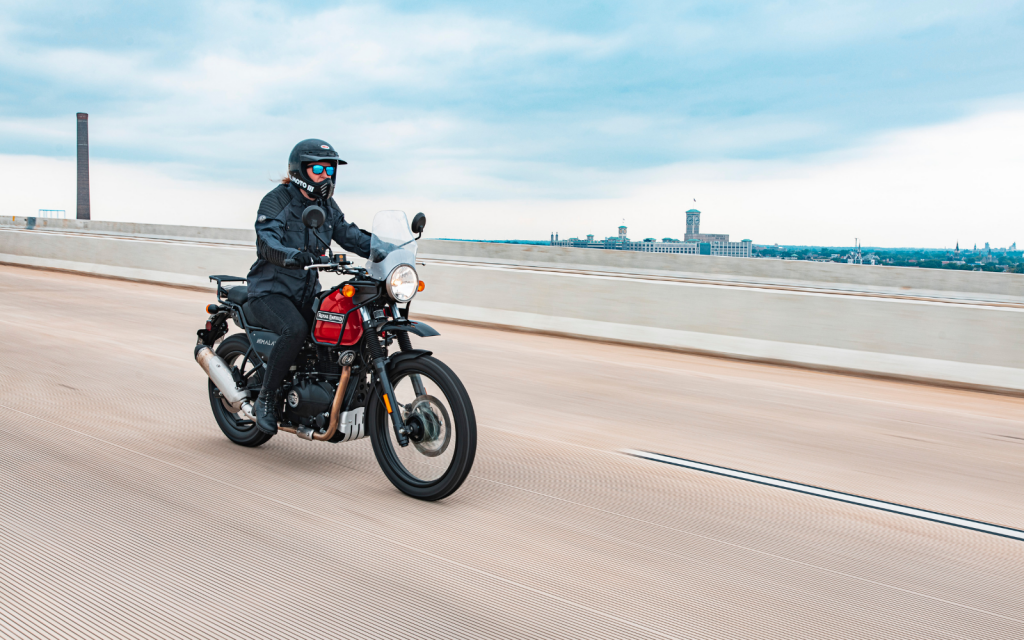
When riding the Himalayan, the bike indeed feels narrow, enabling the rider to squeeze the seat and tank to apply more subtle control, and that’s the confidence Wride says can be perceived visually, through the tapering of the motorcycle’s waist. While that work was at first done as computer-aided design, the design team in Chennai then worked up the bike in clay to be certain they had the look that would translate into great handling.
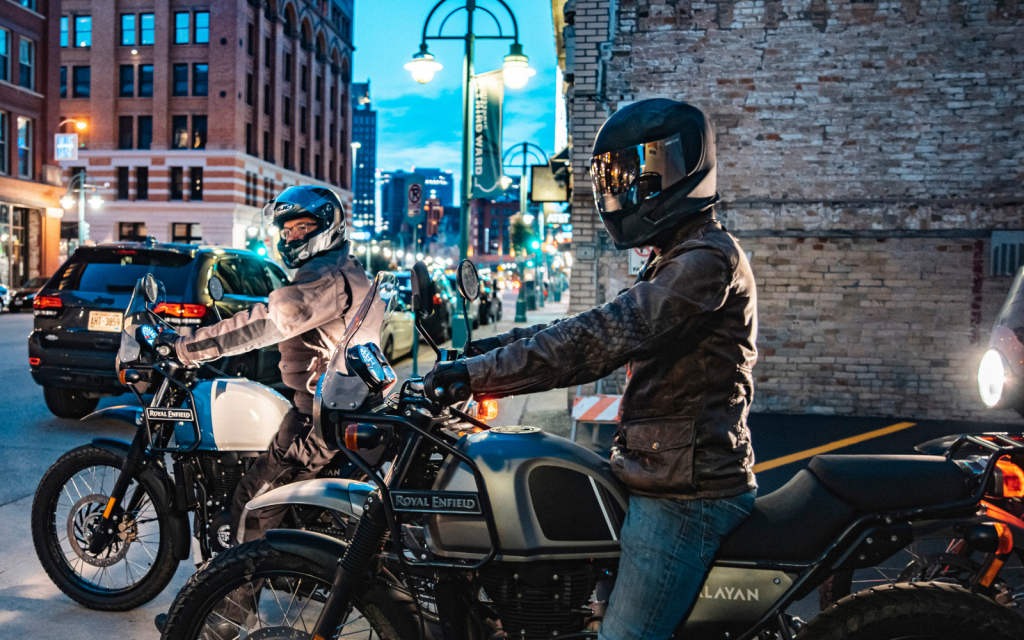
The other trick (one that’s not unique to Enfield) is “not covering the whole thing in plastic.” The brand utilizes paint in a thoughtful manner, though. They are discerning when selecting colors and are careful to use paint that’s designed to foreground a shape. Even if a bike like the Himalayan features all the external racks for mounting bags (and parts of that structure will also protect the bike in a spill), they are painted matte black to be identifiable as useful while not interfering with the overall form. Wride adds that blacking out the engine and crankcase (as well as other components) on most models “provides negative space.” He continues, “We’re trying to do the opposite of other brands that like to fill everything up. Less cladding makes the bike look functional and visually lighter.”

The new 350 Meteor (released this year) is a low-output cruiser that echoes the early 2000s Thunderbird, and its palette reflects the brand’s heritage. Wride explains that while these hues aren’t identical to the blues, reds, yellows and silvers of bygone days, they’re distinctly and purposefully not meant to push into the 21st century, either. If anything, Wride says, like the face of a classic timepiece, they should read differently according to the owner. For example, he believes that the Meteor all-black or with a white tank is pure business, with the rider knowing exactly, “what it’s for and how that appeals.”
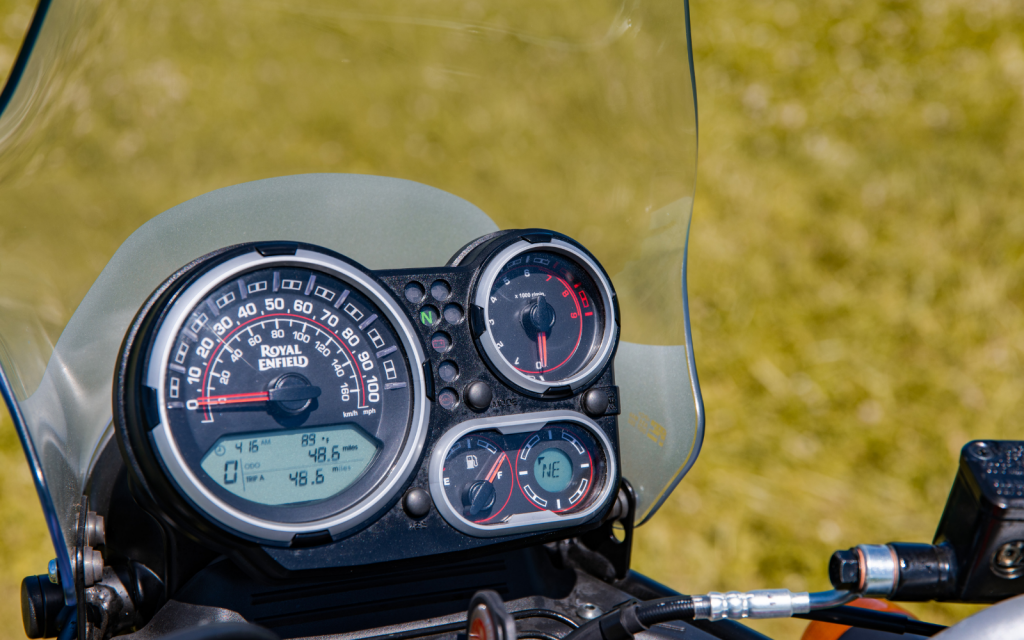
As for mod-cons like LED lights and digital gauges, Royal Enfield is slowly heading that way but, true to the brand’s ethos, “It goes to the classic thing,” Wride says. “Is it appropriate to have super-duper technological, advanced lighting that turns corners when you steer? Probably not. It’s more like, ‘Is the bike alive and does it do what you need?’ You don’t need any more than that.”
Images courtesy of Royal Enfield












